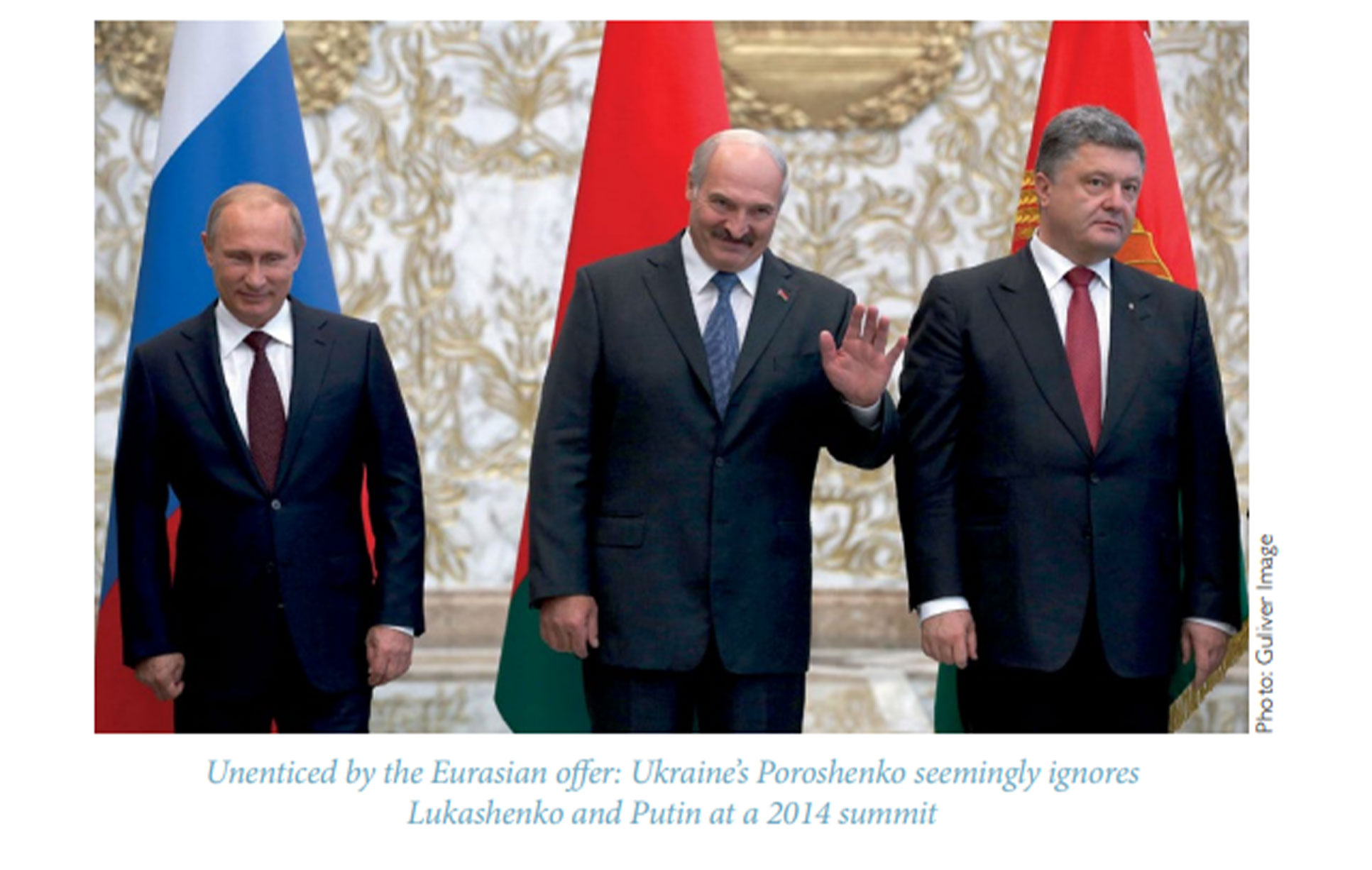 Irina Busygina is a Visiting Scholar of the Davis Center for Russian and Eurasian Studies at Harvard University, having previously served as Professor of Politics at the Higher School of Economics in St. Petersburg and Professor of Comparative Politics at the Moscow State Institute of International Relations (MGIMO).
Irina Busygina is a Visiting Scholar of the Davis Center for Russian and Eurasian Studies at Harvard University, having previously served as Professor of Politics at the Higher School of Economics in St. Petersburg and Professor of Comparative Politics at the Moscow State Institute of International Relations (MGIMO).
For at least two decades, policymakers and experts have been talking about the rise of Eurasia—a concept that has become one of the central themes in contemporary global and regional studies. Former Portuguese Secretary of State for European Affairs Bruno Maçães even ambitiously titled his 2018 book The Dawn of Eurasia: On the Trail of the New World Order. One of the main claims of the book was that Eurasia was key to a “new world order.” Considering Russia’s ongoing aggression against Ukraine, aren’t such claims a step too far?

Indeed, it has become impossible over the recent decades to deny Eurasia’s incredible achievements. Look at global cities, for example. This phenomenon, born in the Western world and originally used by sociologist Saskia Sassen to describe London and New York, has moved to Eurasia. Global cities in Eurasia have grown almost like mushrooms to now include Tokyo, Singapore, Seoul, Shanghai, Hong Kong, Guangzhou, and others. Another critically important challenge for the accelerated development of huge Eurasian landmasses was connectivity. Here, a critical role is played by China’s Belt and Road Initiative (BRI) that is acknowledged as the most ambitious infrastructure undertaking of our time. Covering almost 70 countries by land and sea, it should profoundly affect every dimension of Eurasia, from shipping and agriculture, digital economy and tourism, to politics and culture. Finally, another proof of the rise of Eurasia—at least for those who profess realism in international relations—was the nearly simultaneous rise of the two major, albeit authoritarian, Eurasian powers: China and Russia. With the Russian and Chinese rise, realists celebrated “the return of the state” in geopolitics and international relations and, consequently, the decline of global governance, institutions that underpin it, and multilateral formats in general.
Experts say, both China and Russia are already thinking in Eurasian terms: China through the BRI and Russia through its recently created Eurasian Economic Union (EAEU). Indeed, the BRI can be considered a symbol of a new phase in China’s superpower ambitions—to remake the world economy and crown Beijing the new epicenter of globalization. However, the Russia-driven EAEU can hardly be considered a significant endeavor of Eurasian scale and can by no means be compared with the Chinese BRI.







